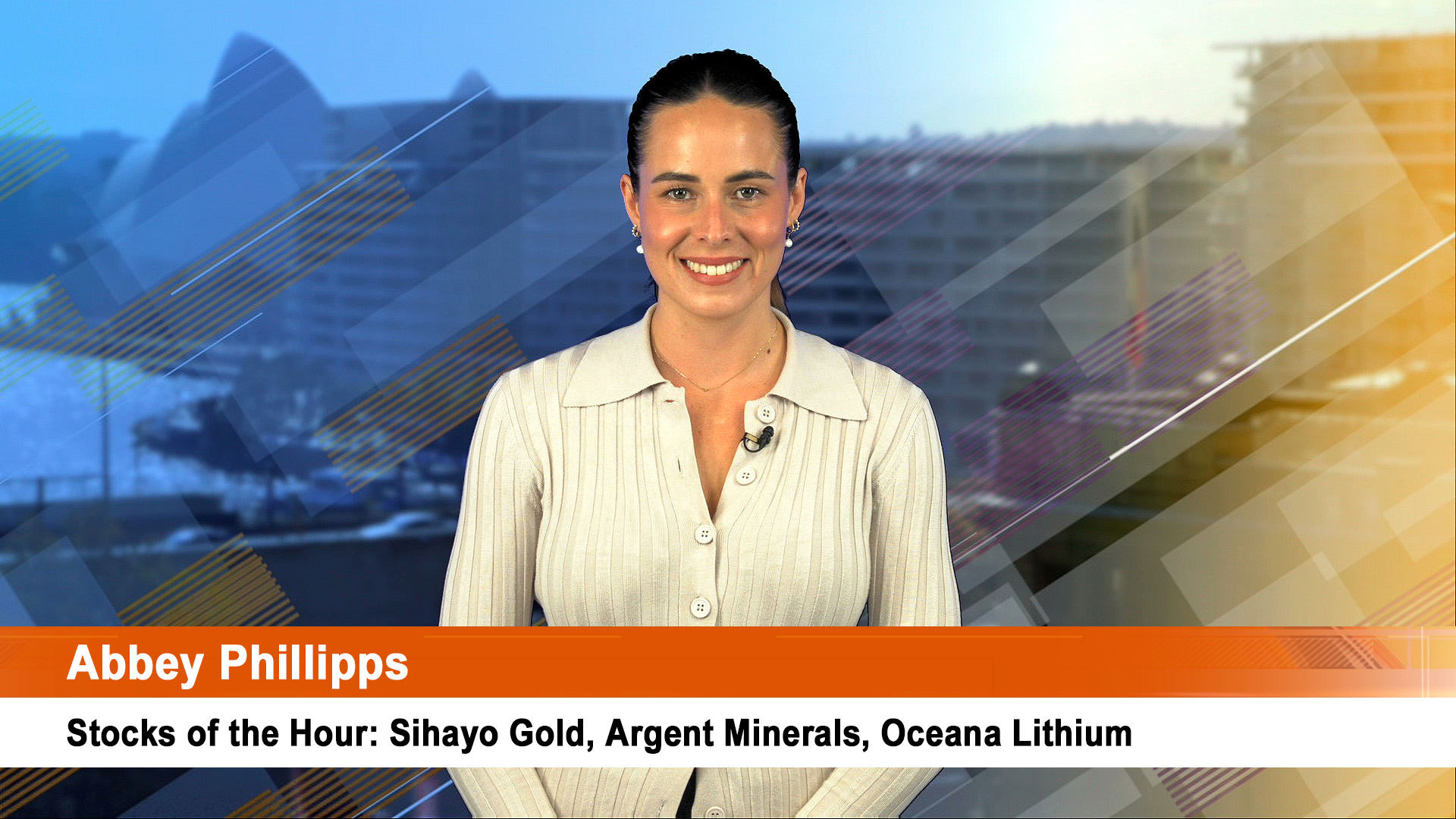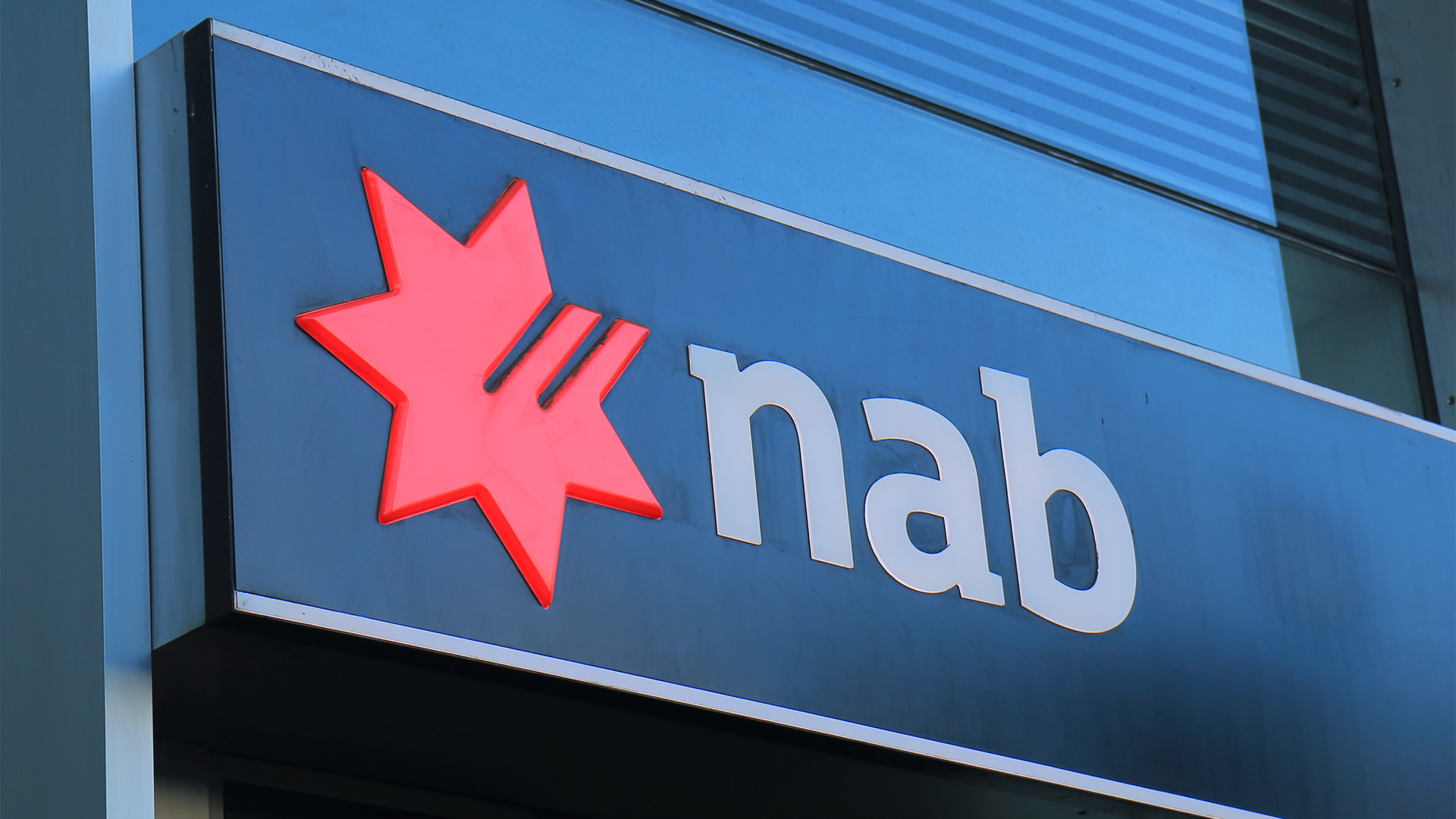A storming end to the week for commodities, a week after many analysts and commentators had thrown in the towel after prices slid to multi year lows and investors sold off shares in giant miners such as Glencore, BHP Billiton (BHP) and Rio Tinto (RIO).
Gold, oil, silver, copper, sinc, lead, zinc and iron ore all bounced higher last week – something few forecasters saw at the start of the week.
Helping the turnaround was a combination of factors – the weakening of the US dollar, a feeling commodities had been oversold, middle east tensions, especially in Syria, production cuts by Glencore in zinc, renewed bullishness about oil and a belief US interest rates won’t rise until well into 2016.
The Australian dollar surged to as high as 73.44 US cents overnight Friday, along with other commodity- based currencies such as the Norwegian krone, the Kiwi dollar and the Canadian dollar.
That means the Aussie dollar is up 4% in the past month, despite a string of forecasts for the currency to fall to under 65 cents by the end of the year – no sign of that at the moment.
But the release of September monthly and quarter economic data from China this week (starting with trade data tomorrow) will test this new found confidence in commodities.
Iron ore with 62% content delivered to Qingdao jumped 5.4%, the largest since the first week of August. The price rose 0.1% on Friday to $US56.01 a tonne.
Oil futures jumped 9% last week in New York, supported by weakness in the greenback, the conflict in Syria and the continuing belief that US oil production is poised to slide sharply in coming months.
But prices still settled under the key $50 a barrel level.
Figures from oil services group Baker Hughes Friday showed that the number of active US oil-drilling rigs fell by 9 to 605 last week, the sixth weekly fall in a row.
November West Texas Intermediate crude futures rose 20 cents, or 0.4%, to settle at $US49.63 a barrel in New York, the highest settlement since July 21. Prices had traded as high as $US50.92 during the session.
But in London, November Brent crude fell 40 cents, or about 0.8%, to $US52.65 a barrel. But Brent futures were still up more than 9% over the week.
In New York, gold prices rallied on Friday to settle on Comex at a level not seen since late August.
Gold for December delivery jumped $US11.60, or 1%, to settle at $US1,155.90 an ounce for its highest settlement since August 21. For the week, prices were up 1.7%.
Comex silver for the same month added 5.2 cents, or 0.3%, to $US15.818 an ounce on Friday and up 3.6% for the week.
Other metals also finished higher Friday. In London zinc jumped sharply on the London Metal Exchange after Glencore’s big production cuts in Australia and Peru.
Glencore said it would cut its annual zinc production by about a third (around 500,000 tonnes) after a collapse in price of the industrial metal.
“The main reason for the reduction is to preserve the value of Glencore’s reserves in the ground at a time of low zinc and lead prices, which don’t correctly value the scarce nature of our resources,” the company said in a statement.
As a result, zinc surged 12% to a two-month peak on Friday on the LME, The price eased a touch to settle up more than 10%.
It was the metal’s biggest one day jump in at least a decade. Glencore has already outlined copper and coal production cuts in response to prices at multi-year lows.
London Metal Exchange three-month zinc hit an intraday peak of $US1875 a tonne, a gain of 12.5% and its highest price since August 11. It closed up 10.1% at $US1835.
Lead, which is often mined with zinc, surged nearly 9% during trading to $US1821.50 a tonne, its highest since late July (according to Reuters), before easing to close at $US1780, up 6.4%..
LME Copper climbed 3% to finish at $US5290 a tonne while aluminium gained 3.3% to end at $US1613.
LME nickel jumped 6% at one stage, and closed up 3.2%. Tin ended 1.6% higher on the LME.
And in New York, Comex copper added 7.1 cents, or 3%, to $2.414 a pound for a weekly gain of a solid 3.8%.













